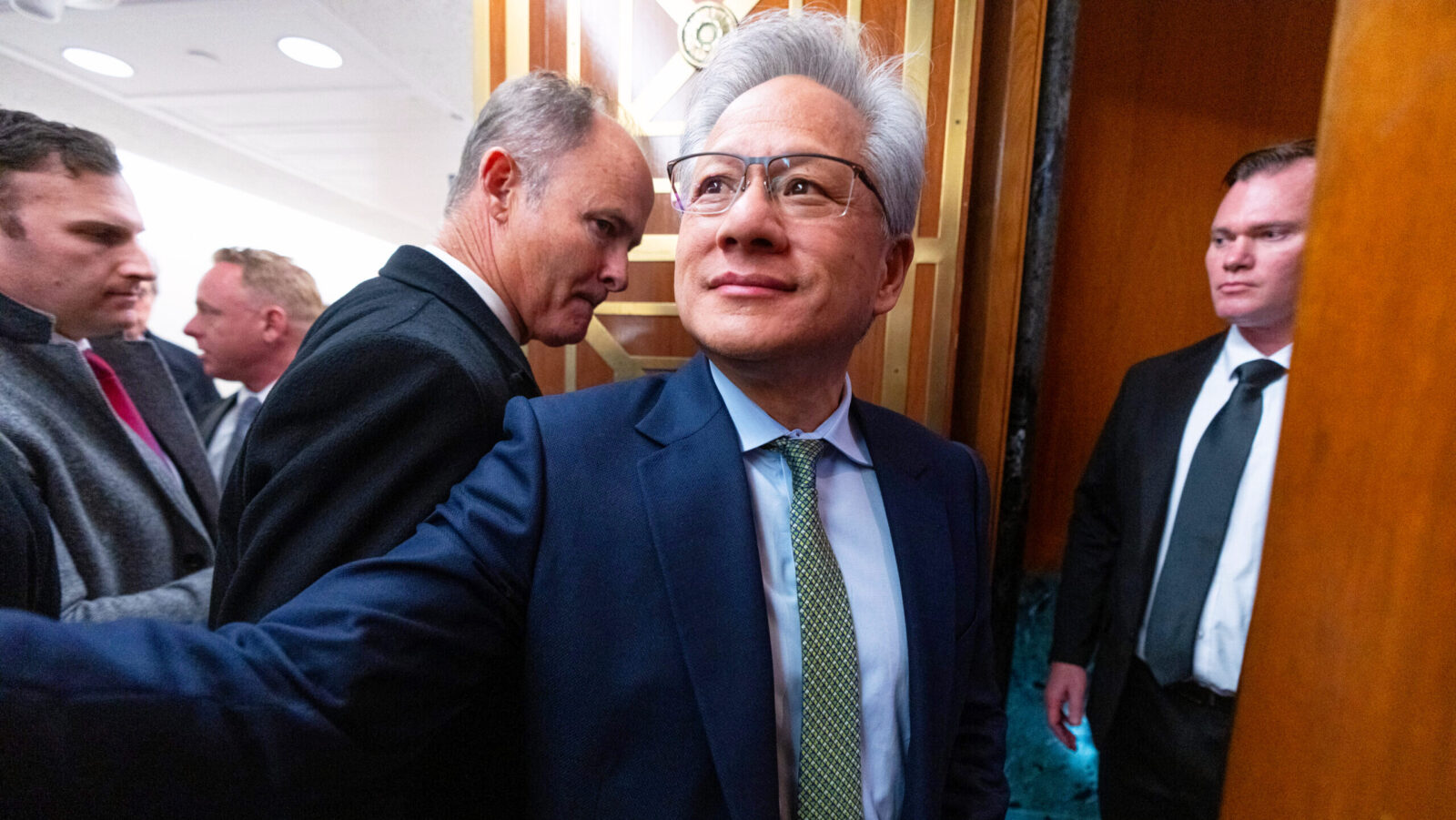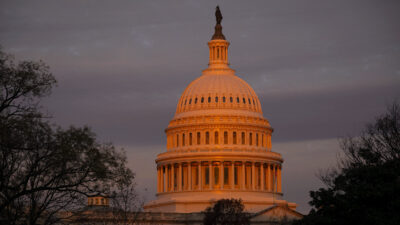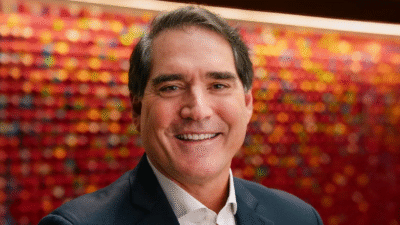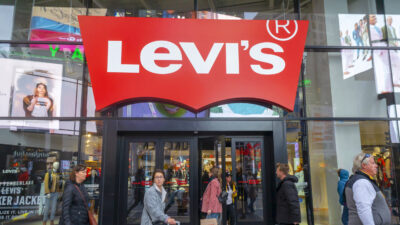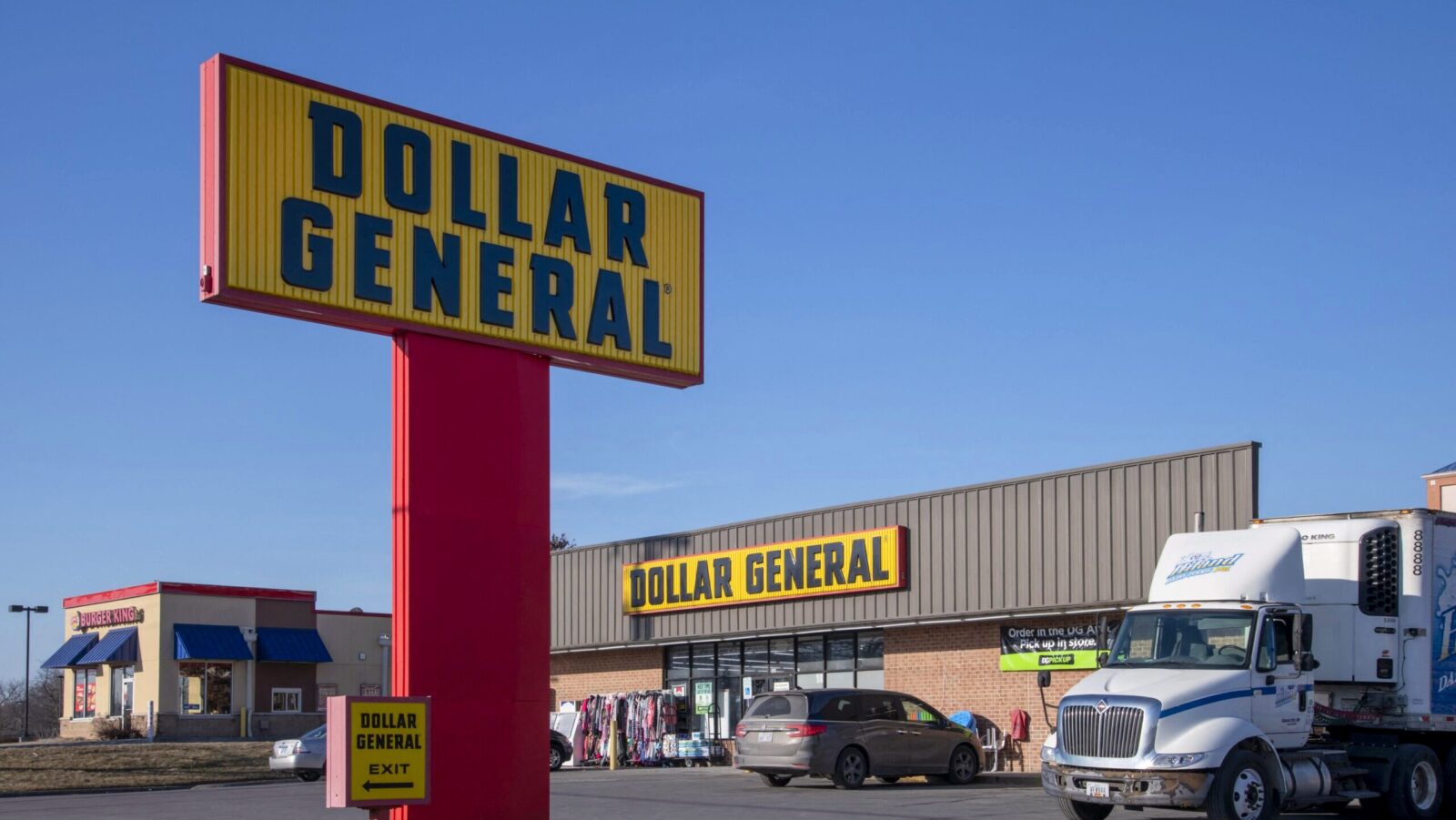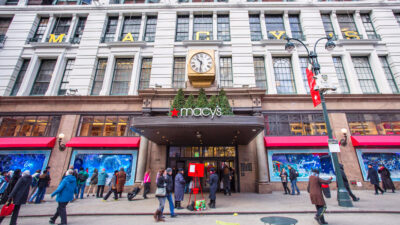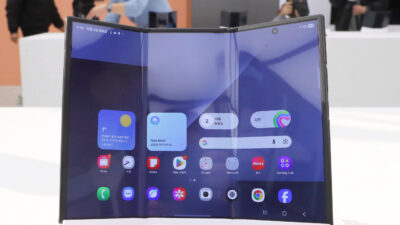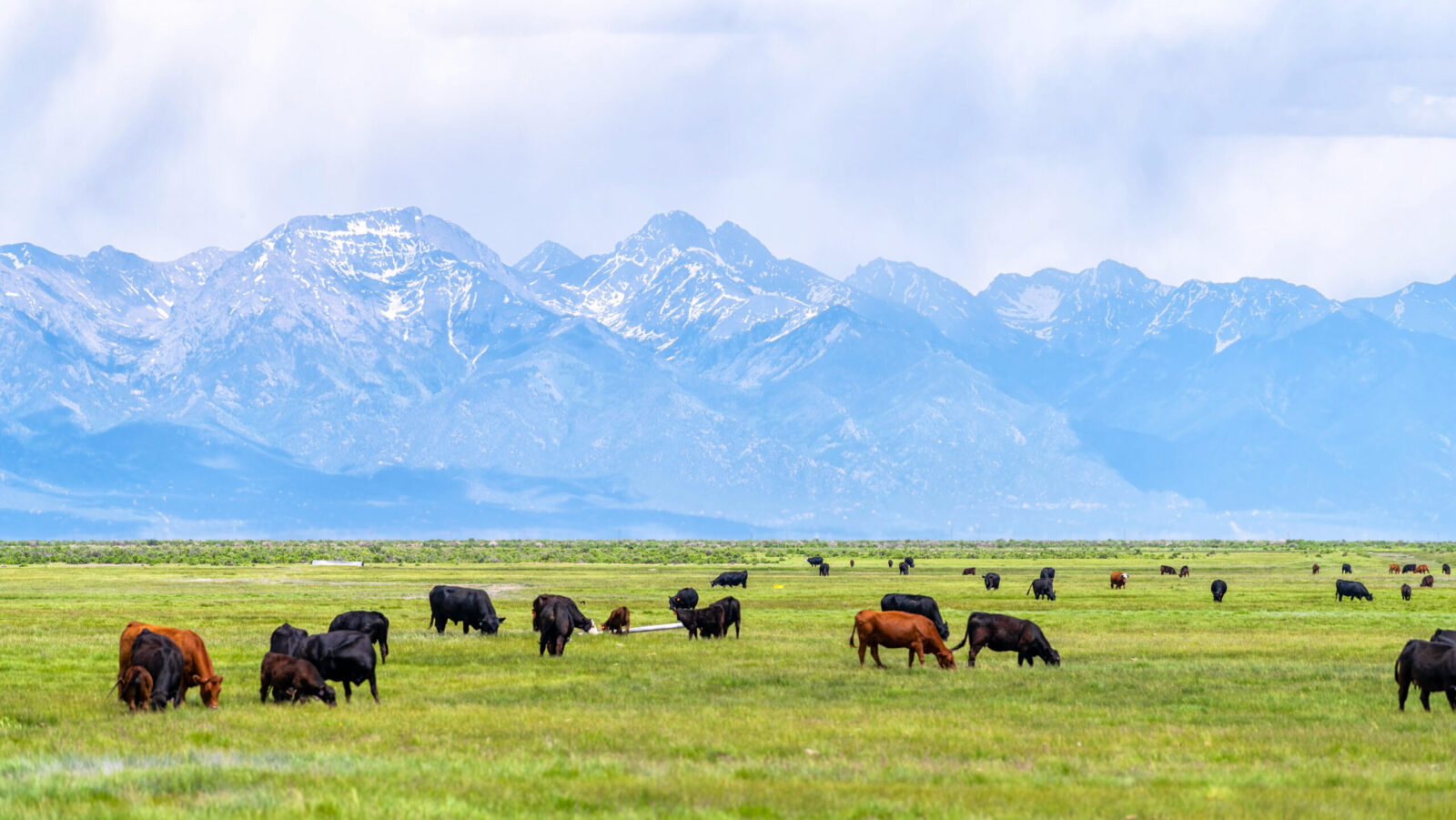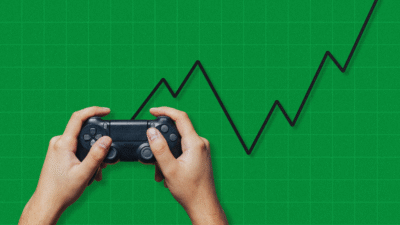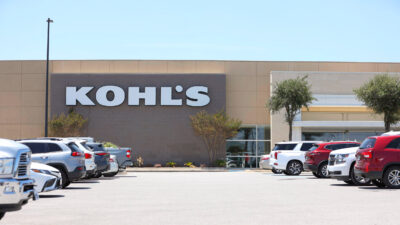Starbucks Slings High-Speed Drinks in Caffeinated Comeback Plan
Reducing beverage-wait times is part of Starbucks CEO Brian Niccol’s turnaround plan, which includes tech updates focused on efficiency.
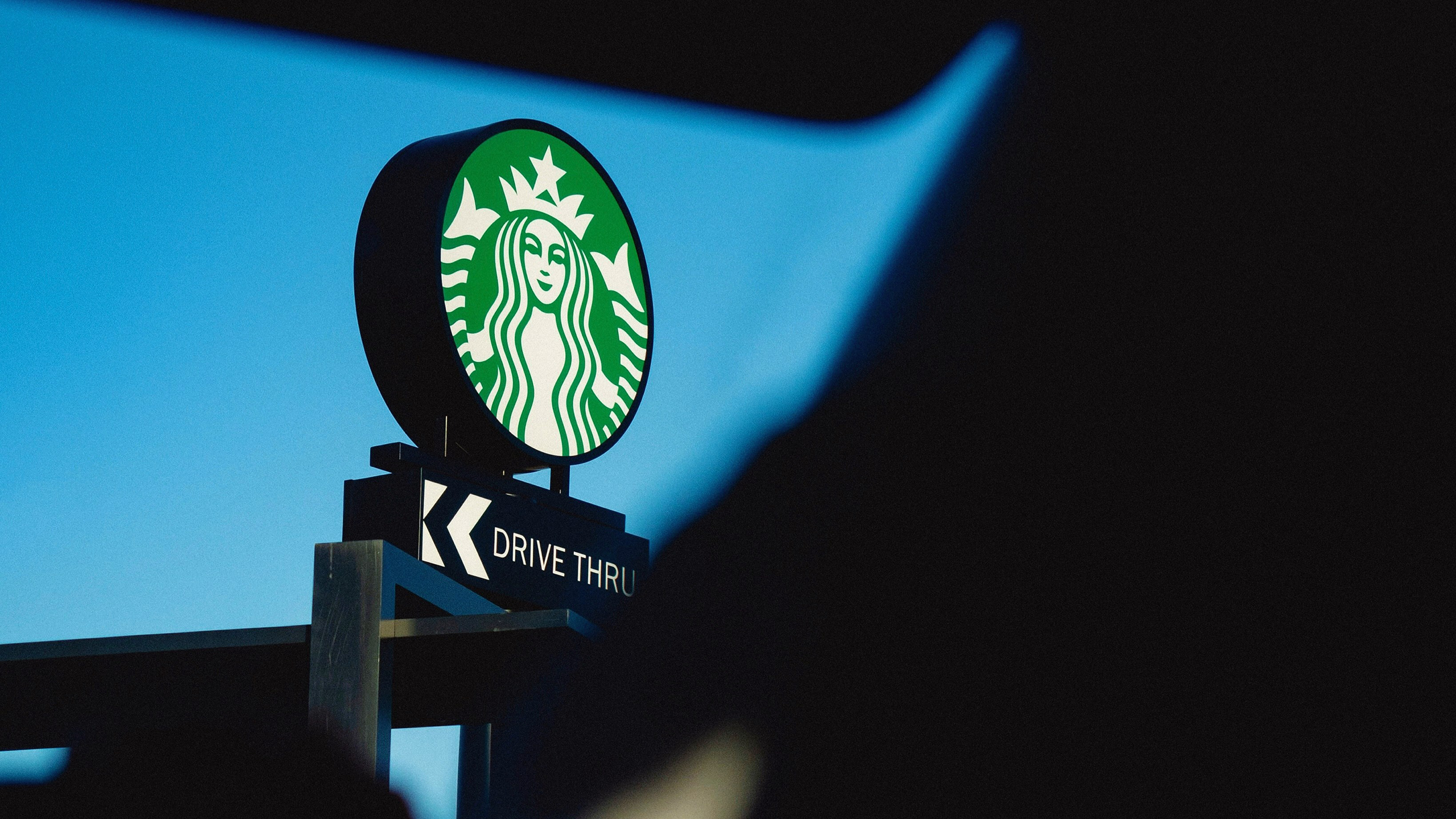
Sign up for smart news, insights, and analysis on the biggest financial stories of the day.
Running two minutes late to a meeting is bad. Running two minutes late while holding a “brown sugar oatmilk shaken espresso” is worse.
Starbucks doesn’t want that to happen anymore. A test pilot of the coffee chain’s new ordering algorithm sped up average beverage-wait times by two minutes, Starbucks said. Three-quarters of orders placed at the coffee chain’s test cafes were completed within four minutes.
Earlier this year, CEO Brian Niccol said customers waited more than four minutes for their in-store orders and six minutes on average for mobile orders. Niccol previously oversaw comebacks at Taco Bell and Chipotle and is attempting to turn his success into a three-peat at Starbucks.
The new ordering algorithm is part of Niccol’s turnaround plan, which includes tech updates focused on efficiency but also a push to create a cozy vibe by bringing back hand-written notes on cups and self-serve condiment bars.
Feeling French-Pressed
Niccol is grinding to revive Starbucks after the coffee giant notched five straight quarters of declining US revenue. The latest quarter, reported yesterday, showed no signs of a turnaround just yet.
Struggles at Starbs aren’t limited to the US. Its second-biggest market, China, notched flat sales yesterday after four quarters of consecutive declines.
- China, which was tea-dominated before Starbucks started opening stores there in 1999, now has more coffee shops than the US. The market grew 25% from 2018 to 2023.
- Starbucks lost a fifth of its market share from 2019 to 2024 (it plummeted to 14%), as rivals including Luckin Coffee, Cotti, and even KFC’s K Coffee foamed up growth. Local leader Luckin Coffee now makes more revenue than Starbucks and has nearly three times as many Chinese stores.
Channeling Central Perk. Starbucks could have a better chance standing out from its competition by focusing on its in-store experience. In China, Starbucks is still a go-to spot for studying, co-working, and chatting, while rivals focus on speedy take-out. Americans are also looking for a “third place” to hang out, and Niccol has said he wants Starbucks to reclaim that role. A focus on tech-driven efficiency, however, could clash with offering a laid-back hangout spot, and baristas, who’ve complained about understaffing, could have a hard time cultivating a chill vibe while slinging orders at top speed.
